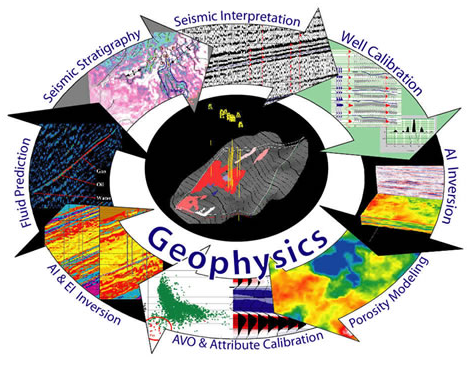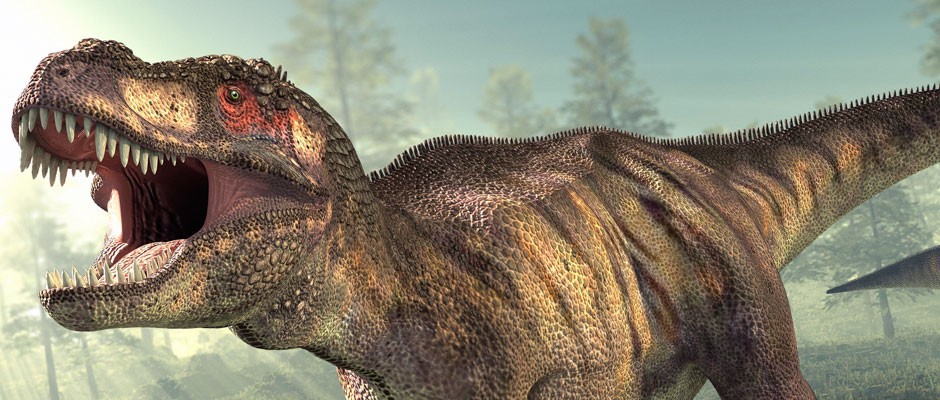
Paleontology
This course aims at studying the early life which existed on earth and reconstructing the evolution of life on Earth. Paleontology involves the study of evolutionary mechanisms and the strategies employed by organisms to survive in a constantly changing environment, occupy new habitats, and produce fertile offspring. This course covers vertebrate morphology, phylogeny, taxonomy, evolution, biomechanics, biogeography, palaeoenvironments, and stratigraphic history. Labs focus on practical skills in osteology, functional interpretation, phylogenetic reconstruction, functional morphometrics, scanning, and analysis of data sets.

Engineering Geology
This course aims to acquaint the student with the application of geology in the field of civil engineering. The student would be provided with an insight about the role of a geologist in handling engineering geologic applications: Provide insight to major construction like dams and tunnels. Landslides and stability of slopes: Important engineering properties of rocks: Various mechanical tests involved to assess the strength of rocks and building stones used in construction.

Remote Sensing and Geoinformatics
This course offers an introduction to the concepts, principles, and theories behind remote sensing and GIS and provides a grounding on the nature of geographic information, remote sensing data, datum and projections, data models, and structures for storing geographic information, geographic data input, data manipulation, and simple spatial analysis.
After successful completion of this course, the students will be able to: describe the fundamentals and principles of remote sensing and GIS; name the major satellites and GIS software available; know where to find more information; explain the components and the functionality of a GIS and the differences between GIS and other information systems; understand the nature of geographic information and explain how it is stored in the computer (including map projection) and the two types of GIS data structure.
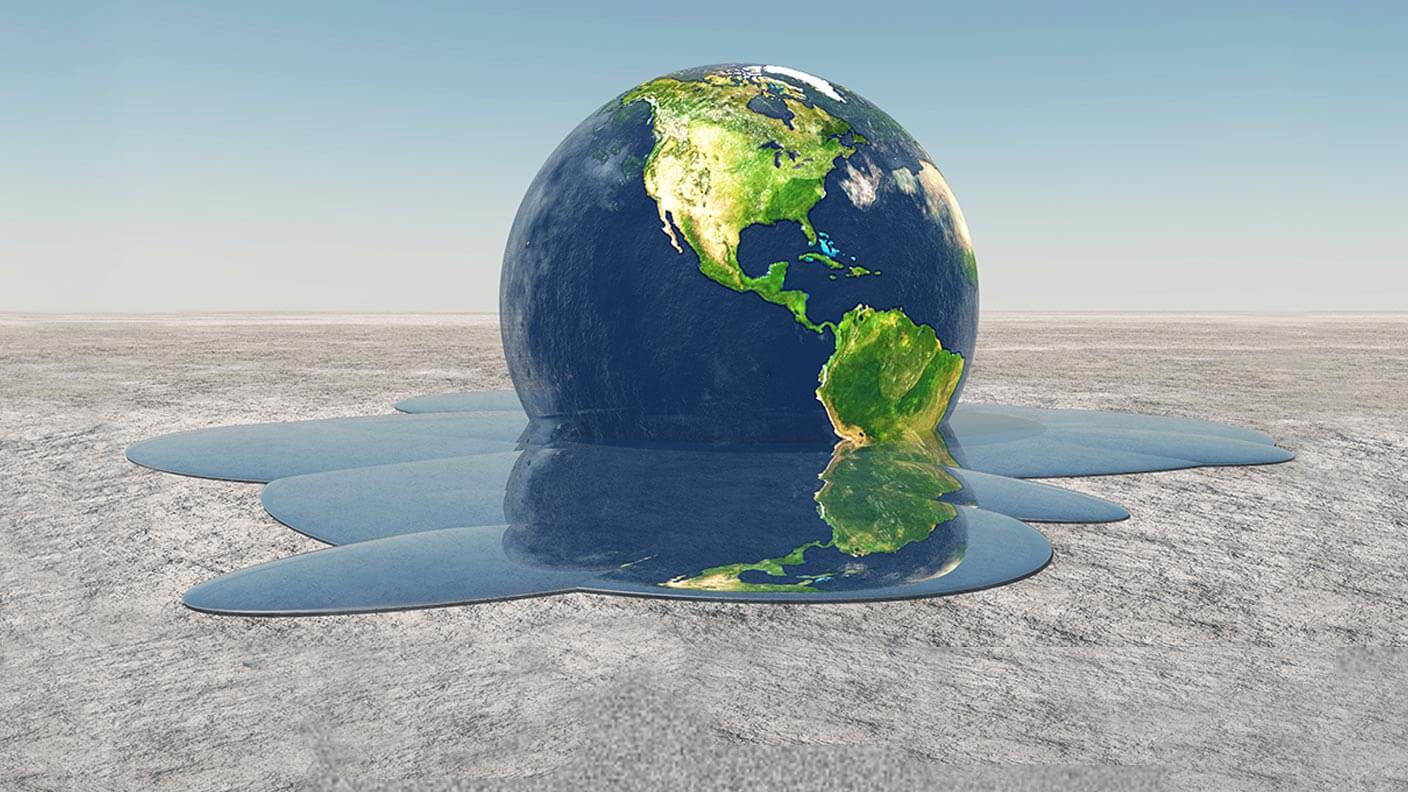
CLIMATE AND CLIMATE CHANGE
This course aims to provide a comprehensive understanding and complexity of climate change science, the associated current and future challenges. This course provides an understanding of the atmospheric circulation and climate system and the factors controlling it. This makes the student understand how climate has changed in the past, and the caused climate changes. This course also introduces the concept of greenhouse gases, global warming and climate change. This makes the student an understanding of the risk associated with climate change.
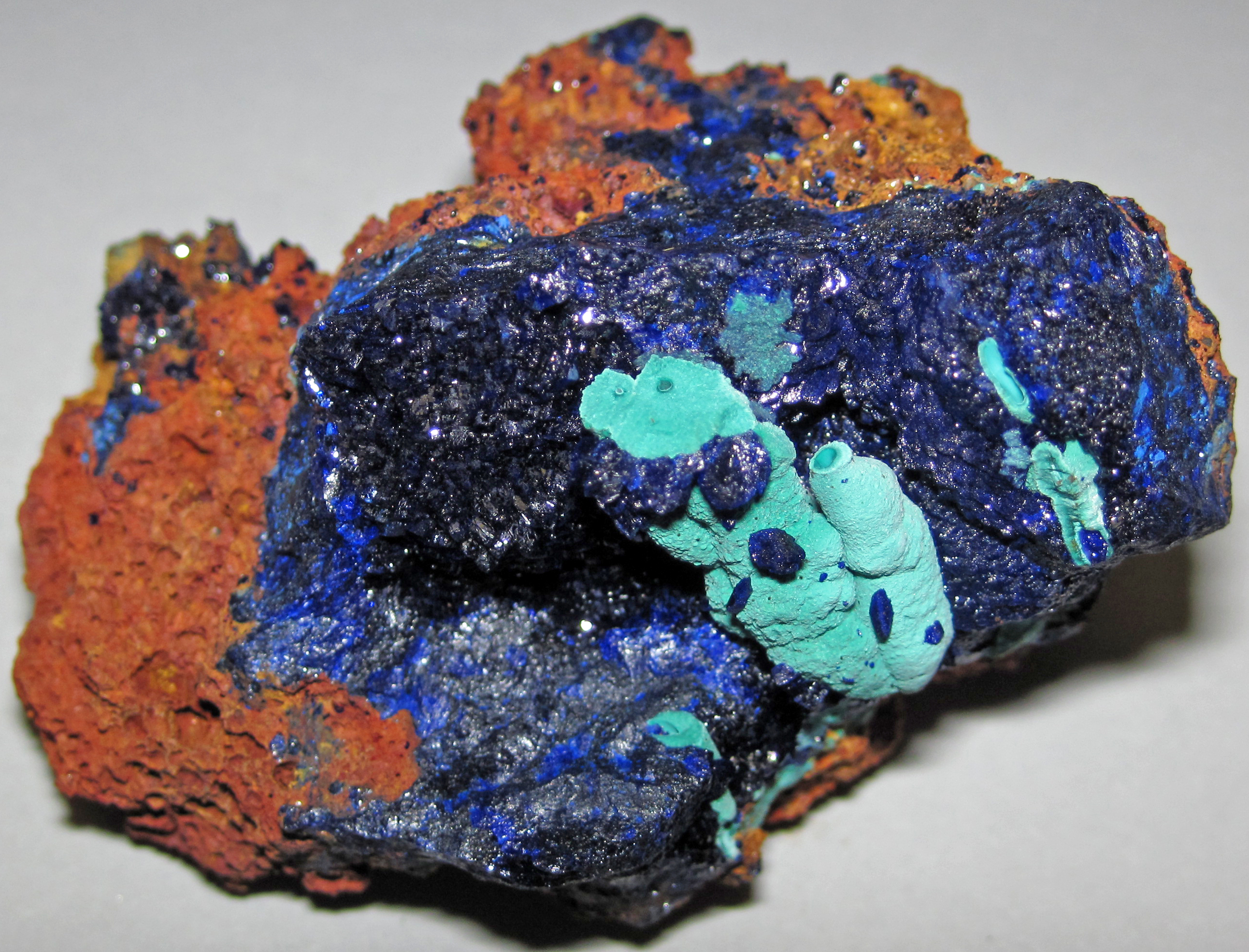
Ore Genesis New
This course aims at studying the basics of ore classification, genesis and settings and how ore minerals form through various earth processes from the interior to the surface. The objectives of this course are: (i) acquainting students with the basic tools necessary for studying earth resources, (ii) understanding the different types of Earth resources, (iii) understanding the processes of formation of various economic ore deposits, (iv) understand the traditional and modern classifications of Ore Deposits (v) understanding the relationship between the distribution of ores and Plate Tectonics.

Sedimentology and Sedimentary Petrology
The course aims at studying sediments and sedimentary rocks, to derive information on the depositional conditions which acted to deposit the rock unit and the relation of the individual rock units in a basin into a coherent understanding of the evolution of the sedimentary sequences and basins.

Stratigraphy
Aim: To equip the students for the scienbtific understanding of rock layers found on the earth
OBJECTIVE OF THE COURSE : Uniformitarianism and Catastrophism. Major incidences in
the Earth History. Correlation. Unconformities. Stratotype. Procedures for the establishment and
description of stratigraphic units. Lithostratigraphy. Biostratigraphy. Chronostratigraphy. Sequence
Stratigraphy. GondwanaBasin, Kaveri Basin, Kerala Basin, Cambay Basin.
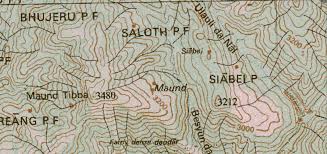
GEOMORPHOLOGY & SURVEY PRACTICAL
This course enables the students to get the fundamental background on
maps, mapping, river morphometry and topographic surveying
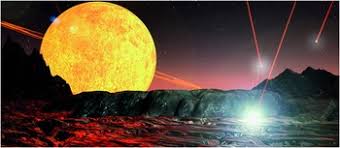
PRECAMBRIAN GEOLOGY
This course is aiming to provide the geodynamic evolutionary history of
the earth during the period between Hadean to Neoproterozoic’
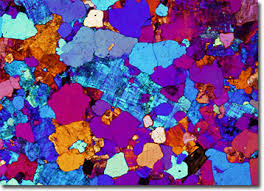
IGNEOUS PETROLOGY PRACTICAL
This course aims at imparting knowledge on the identification, description, origin and
evolution of igneous rocks.

IGNEOUS PETROLOGY
This course aims at imparting knowledge on the identification,
description, origin and evolution of igneous rocks

Structural Geology Practical
This course aims at imparting skills in the interpretation of geological structures in maps and
stereographic projections.

Optical Mineralogy
The course is designed to enable the student to identify minerals based on their optical
properties. This fundamental skill is essential to understand the rocks, its texture, structure and
and mineral chemistry
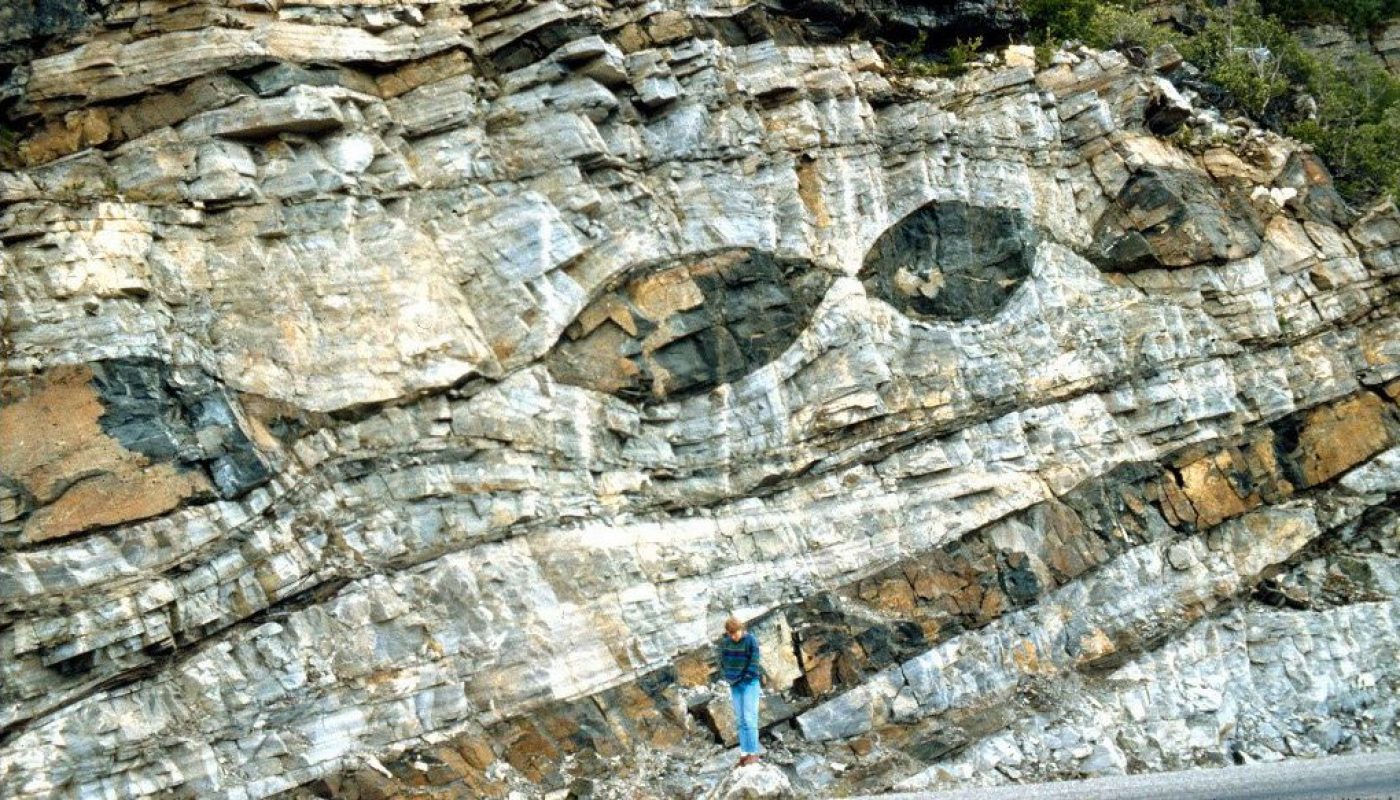
STRUCTURAL GEOLOGY
This course aims at imparting knowledge and skills in identifying, describing and classifying
geological structures and interpreting their origin.
geological structures and interpreting their origin.

All about Earth
COURSE CODE: GOL- GC-511
COURSE TITLE: THE EARTH
CREDITS: 2
AIM
To introduce the basic principles of geology and earth processes. To give initial idea on rocks and minerals.
OBJECTIVES
The course is divided into different modules as given in the course content and covers the Origin and age of Earth, geological agents and their action like work of rivers, mountains, volcanoes, earthquakes. Structure of Earth and Plate tectonics also dealt with. This course also encompasses earth environment, past life, minerals and rocks.
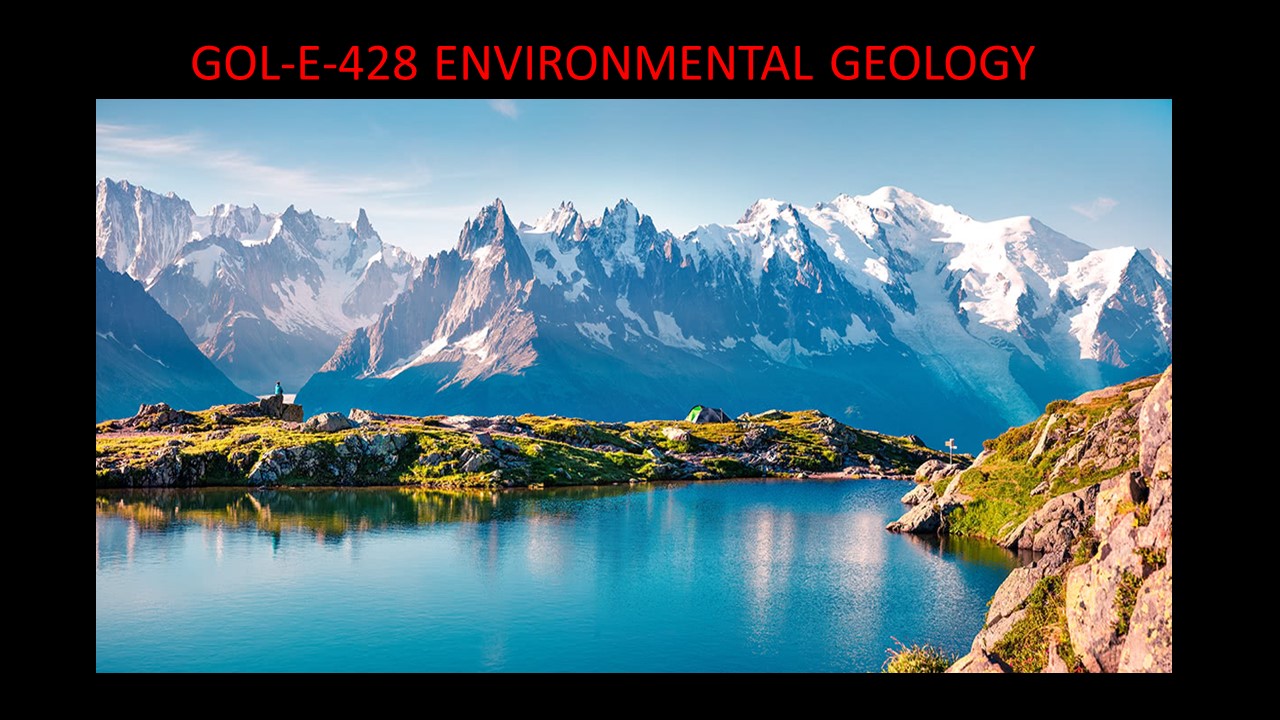
GOL-E-428 ENVIRONMENTAL GEOLOGY
AIM
To comprehend how environmental geology impinges on everyday life and also to have an insight on manifold means of environmental pollution.
OBJECTIVES
To make the student understand Fundamental concepts of environmental science: hazardous earth process: sustainable management of resources: concepts of waste management: Soil pollution: Air pollution: Earth system science - Global changes - Green house effect and ozone depletion: Surface and groundwater pollution: Geological Hazards and disasters. Disaster management: Environmental impact assessment EIA.

GOL-C-435 GEOCHEMISTRY
The objectives of this course are: (i) To make the student understand basic principles of geochemistry, geochemical dispersion, indicator elements and pathfinder elements. (ii) To understand process of chemical weathering (iii) Understand equilibrium in geological systems (iv) Understand elements in the Universe and composition of meteorites (v) To understand Geologically important elements and isotope geochemistry (iv) Geochemical drainage survey, geo botanical studies and its importance.
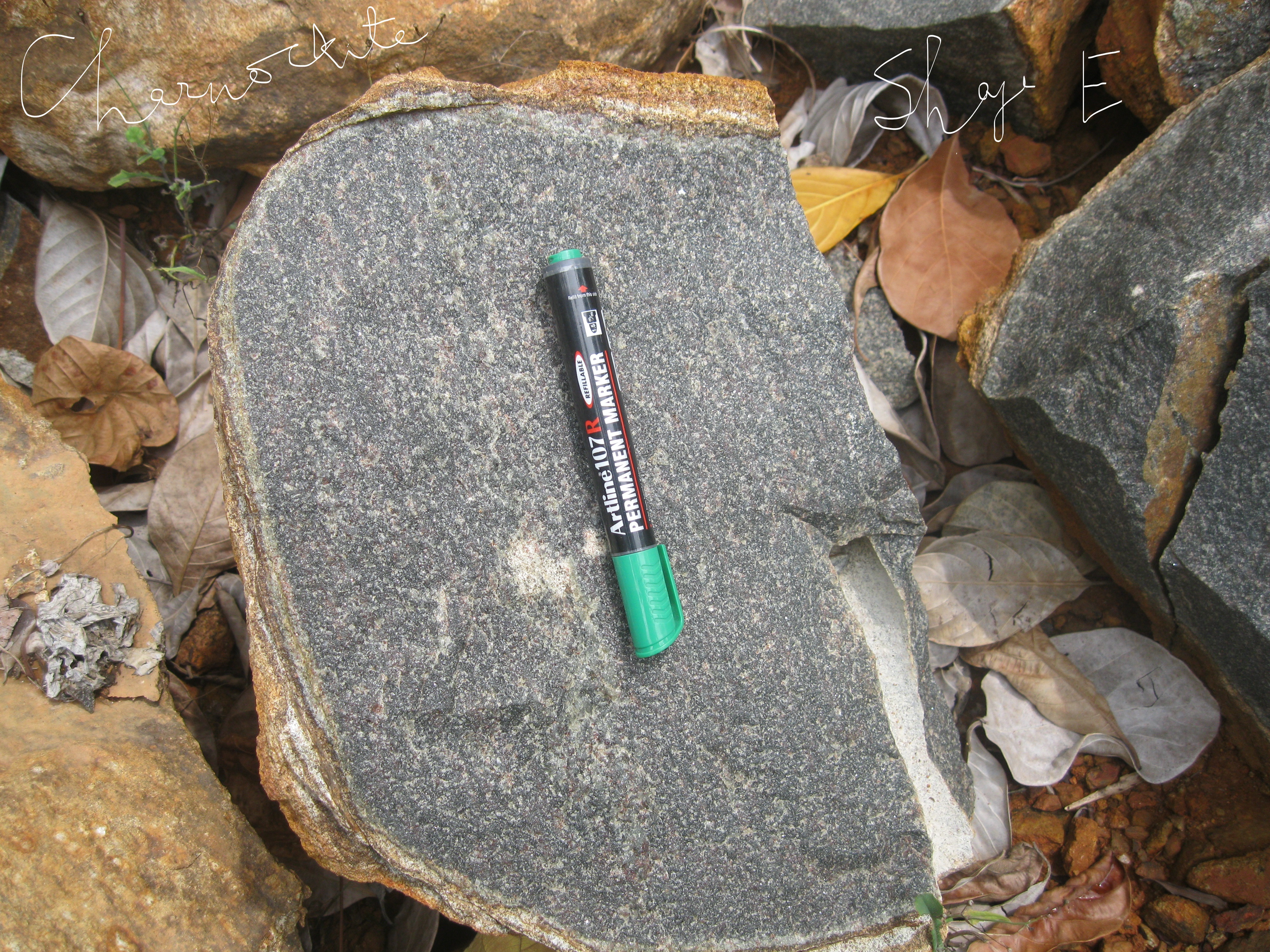
Metamorphic Petrology
The aim of the course is to study the metamorphic rocks, metamorphism, metamorphic conditions and plate tectonic distribution of metamorphic rocks. In this course, different petrogenetic processes involving mineral reactions will be explored. The course units build on the introduction to metamorphic rocks, looking at their mineralogy and microstructures in more detail, how these can be interpreted and considering the processes involved in their formation on all scales from the microscopic to regional tectonic environments.
After completing this course, the student will be able to:
1. Describe the changes that occur to rock under metamorphic conditions.
2. Describe the relevance of the composition of the parent rock (protolith) to the metamorphic rock it becomes.
3. Explain the textures/structures and mineral content as a result of changes in PT conditions.
4. Distinguish between regional and
other types of metamorphism and to indicate the likely tectonic setting, and provide
constraints on tectonic models for the formation of the crust
